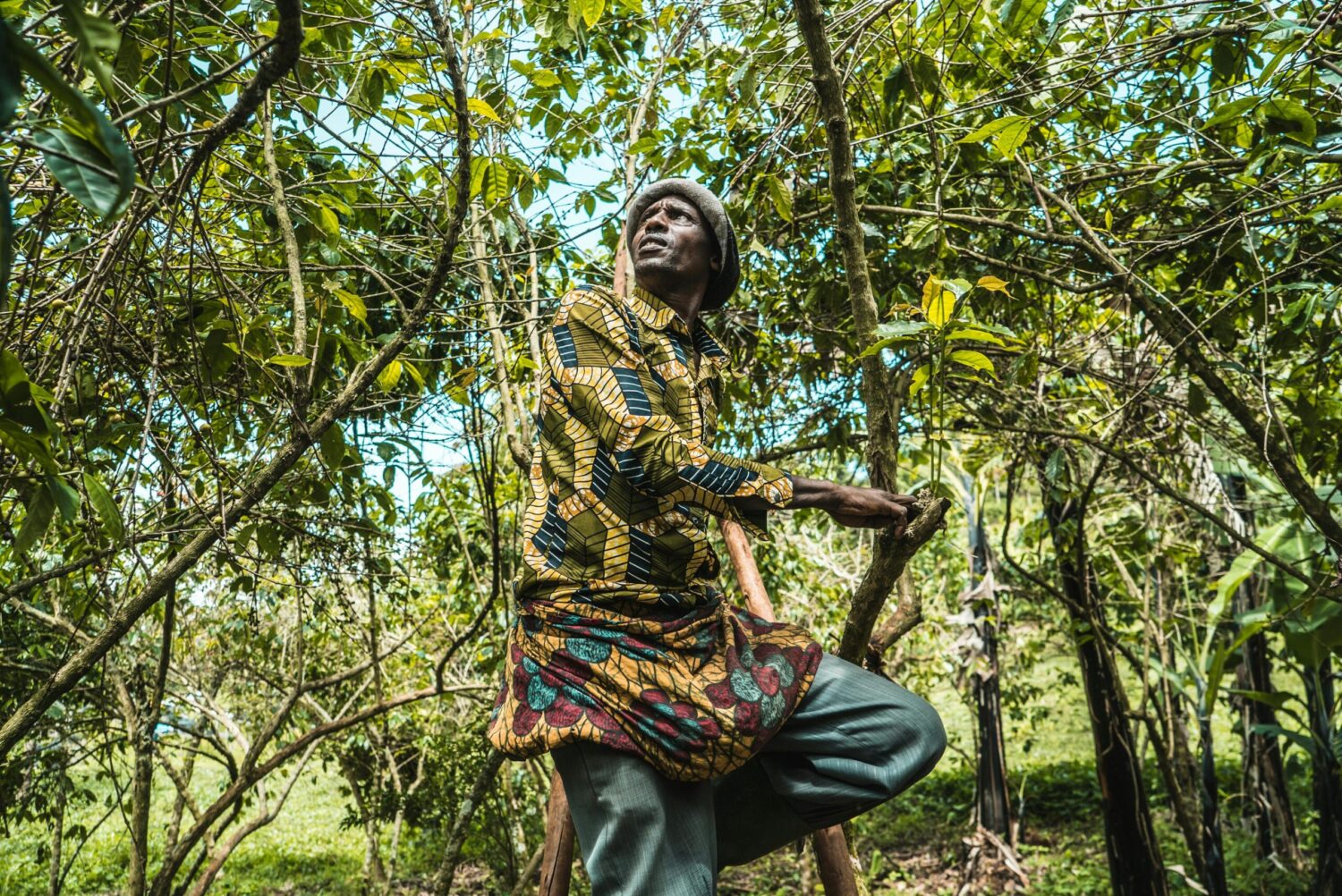New research warns that Africa’s tree-planting campaign poses a double jeopardy as it will damage ancient CO2-absorbing grass ecosystems while failing to fully restore depleted forests, the Financial Times reports.
The article, published in the journal Science, focuses on one particular project, the 34-Country Forest Landscape Restoration Initiative (AFR100), explains the FT: “The initiative aims to restore at least 100 million hectares of degraded land – an area the size of Egypt – in Africa by 2030…
Among the supporters of the initiative are the German government, the World Bank and the non-profit World Resources Institute.
However, according to the document, about half of the approximately 130 million hectares that African countries have committed to restoring through the AFR100 are designated for non-forest ecosystems, mainly savannah and grassland.
The researchers say they were able to find evidence of only one AFR100 project – in Kenya – dedicated to grassland restoration. More than half a dozen non-forest countries have made AFR100 commitments, including Chad and Namibia.”
Lead author Prof Kate Parr told the Guardian that “ecosystem restoration is necessary and important, but it must be done in a way that is appropriate for each system.
Non-forest systems such as savannas are misclassified as forests and are therefore considered to need restoration with trees…
There is an urgent need to revise the definitions so that savannas are not confused with forests because the increase in trees is a threat to the integrity and sustainability of savannas and grasslands.”
Trees can harm these ecosystems by providing too much shade, writes New Scientist: “This can prevent smaller plants from photosynthesizing, which would have knock-on effects for other ecosystems.”
Illustrative Photo by Dawid Sobarnia: https://www.pexels.com/photo/man-working-at-a-coffee-plantation-14894619/












